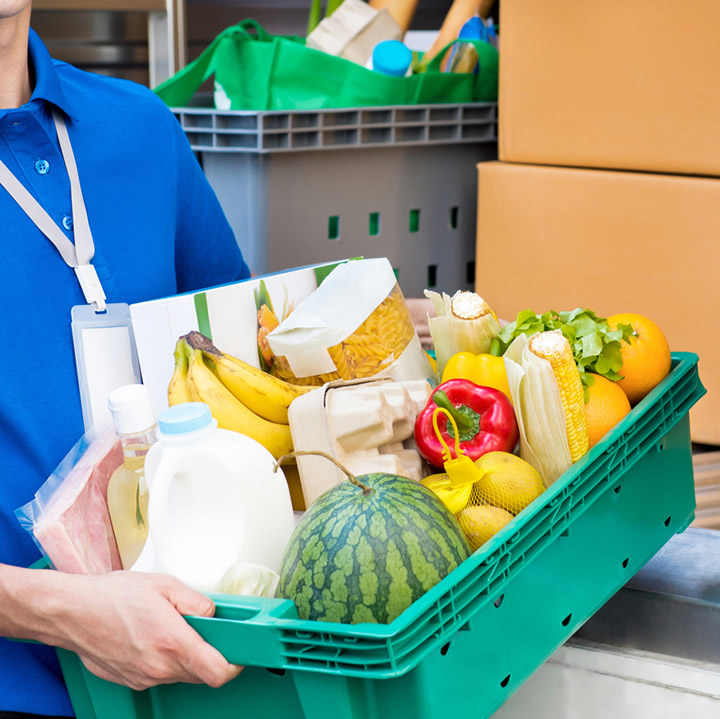Perishable goods are items that spoil or decay easily. The list of perishable goods is quite long, and it includes flowers, meat products such as beef jerky or sausage links, and certain medical supplies like insulin. Shipping perishable goods can be a tricky and delicate process.
Fruits and vegetables need to stay at the perfect temperature, or they will spoil and go bad before you even get them into your fridge. It is essential to understand how to package these items when shipping so that they arrive fresh for consumption by your customers.
You can check here for dry storage space.
Things To Consider In Shipping Perishable Goods
There are many things to consider when shipping perishable goods. Temperature is the most important factor in storing and transporting perishable items, which means it is essential to invest in high-quality refrigerated containers. The container should be made out of materials that will not transmit heat easily or break down under temperature changes.
The ideal temperature for shipping perishable goods is 39 degrees Fahrenheit. Still, the cooler you can keep these items while in transit – without freezing them – the better they will be on arrival at their destination.
The frequency of delivery should also factor in, as you need to understand how quickly your customer needs these items to schedule accordingly. If they are going to be too late by one shipment, there may have to be an extra fee or a change in your original contract.
Packaging Perishable Goods For Shipping
It is important to package each item separately when shipping perishable goods, so the cold air doesn’t escape during transit time. You should also use an insulated box with refrigerant gel to maintain the proper temperature.
If you are shipping fresh fruits or vegetables, they mustn’t touch each other, so there isn’t any cross-contamination of odors during transit time. It’s also recommended to include a cold pack to keep everything at the proper temperature.
When shipping perishable goods, you should always choose a delivery date that is two or three days in advance, so your product has time to settle and adjust to the climate change before being consumed by your customers.
Advantages Of Choosing Reefer Truck For Shipping Perishables
Reefer trucks come equipped with an electronic refrigeration system that can maintain a constant, uniformed level of cold air inside even if there are drastic changes in outside temperatures. This makes it easier for the driver to monitor the temperature while driving; therefore, it is constantly adjusted for what is happening in transit.
Reefer trucks have a double-walled insulated construction, which means your product will be kept at optimal temperatures even if there are large gaps between where you loaded and unloaded your truck during transport time.
You will have increased customer satisfaction when they receive their product in the best condition possible. You can also expect an increase in repeat business from these customers and referrals to other people who may be interested in your products.
Another advantage to using reefer trucks to ship your perishables is that you will be able to send out the highest quality product possible, making customers happier and more likely to give out referrals.
Cold Chain Safe Shipping Method
To ship your perishables safely, you need to use cold chain shipping. Cold chain is the practice of keeping products at a constant low temperature throughout their entire journey from factory to end customer. This is done by transporting each item in refrigerated trucks and storing them inside coolers until they are ready for consumption or sale on store shelves.
Cold chain shipping can also be done by using refrigerated containers, which are units used to hold goods at a certain temperature.
When you ship perishables with cold chain methods, there is less of a chance that your product will expire before reaching its destination and therefore lose the company money.
The practice of cold chain shipping can also be vital to help prevent foodborne illnesses caused by the consumption of spoiled or expired perishables, which will keep your customers safe and satisfied with their purchases.
When you ship perishables, it’s important to consider the quantity of each item and how long it will take to reach their destination. You should also keep in mind that not all shipping methods are created equal for perishable items, as some can be more cost-effective than others.

